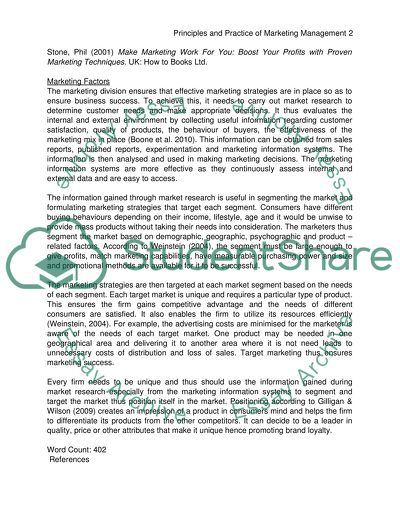Cite this document
(“Short Answers Essay Example | Topics and Well Written Essays - 2250 words”, n.d.)
Retrieved from https://studentshare.org/environmental-studies/1413378-short-answers
Retrieved from https://studentshare.org/environmental-studies/1413378-short-answers
(Short Answers Essay Example | Topics and Well Written Essays - 2250 Words)
https://studentshare.org/environmental-studies/1413378-short-answers.
https://studentshare.org/environmental-studies/1413378-short-answers.
“Short Answers Essay Example | Topics and Well Written Essays - 2250 Words”, n.d. https://studentshare.org/environmental-studies/1413378-short-answers.


